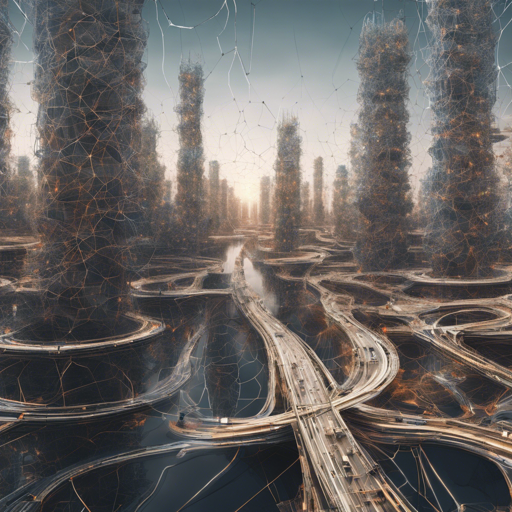In the world of computer vision, super-resolution is like giving your low-resolution images glasses to see clearly. Imagine transforming a pixelated memory into a vivid photograph! In this guide, we will explore how to implement an unofficial PyTorch version of Zero-Shot Super-Resolution, inspired by the innovative work of Assaf Shocher and his colleagues.
Understanding the Concept
This project introduces a fascinating technique that allows a neural network to enhance the resolution of an image using only that image itself, without any additional training data. It’s akin to teaching someone how to draw by only showing them a blurry sketch and expecting them to create a masterpiece from it!
How It Works
The methodology involves the following steps:
- Sampling pairs of high-resolution (HR) and low-resolution (LR) patches from the image.
- Training the network to learn the differences between these patches.
- Finally, generating an enhanced version of the original image using this learned information.
As a more relatable analogy, think of it as a chef who has only a single dish recipe (the target image). Through practice with that one dish, the chef learns to elevate a bland dish (LR) into a culinary delight (HR) by understanding its unique flavors (the image details).
Setting Up the Environment
To start implementing this project, ensure you have PyTorch installed in your environment. If you haven’t done so yet, you can install it using:
pip install torch torchvisionUsage Example
Once your environment is set, you can run the training process with a single image by using the following command:
python train.py --img img.pngCommand Arguments
Here’s a brief overview of the command-line arguments you can customize:
- -h, –help: Show help message and exit.
- –num_batches NUM_BATCHES: Specify the number of batches to run.
- –crop CROP: Set the random crop size.
- –lr LR: Define the base learning rate for the Adam optimizer.
- –factor FACTOR: Determine the interpolation factor.
- –img IMG: Path to the input image.
Troubleshooting Tips
While your journey into super-resolution may be thrilling, you might encounter a few bumps along the way. Here are some troubleshooting ideas:
- If you’re having performance issues or errors, ensure that your image path is correct and that the image format is supported.
- For possible training instability, try adjusting your learning rate. Sometimes a slight tweak can yield significant results.
- If the output seems unsatisfactory, consider augmenting your data using transformations to improve your model’s robustness.
For more insights, updates, or to collaborate on AI development projects, stay connected with fxis.ai.
Next Steps
The project is currently a work in progress, with upcoming features planned:
- Implementing additional augmentation using Geometric Self Ensemble as mentioned in the paper.
- Gradually increasing the super-resolution factor over training iterations.
- Supporting arbitrary kernel estimation and sampling instead of just bicubic interpolation.
Conclusion
By harnessing the power of deep learning and a single image, you can revolutionize how we perceive low-resolution visuals. At fxis.ai, we believe that such advancements are crucial for the future of AI, as they enable more comprehensive and effective solutions. Our team is continually exploring new methodologies to push the envelope in artificial intelligence, ensuring that our clients benefit from the latest technological innovations.

